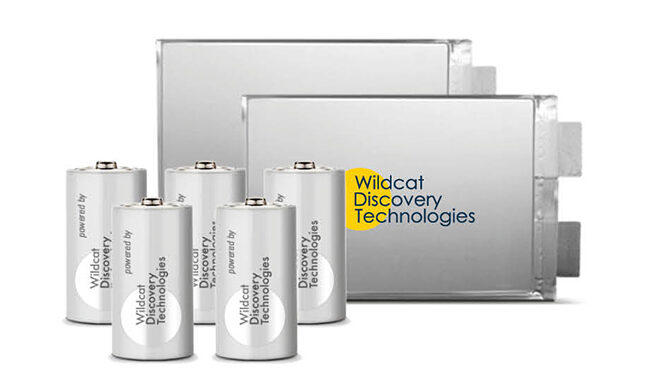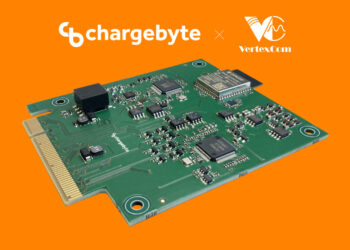Battery makers are scrambling to build North American supply chains, and at the same time they’re increasingly turning to chemistries such as lithium iron phosphate (LFP) in order to reduce reliance on problematic elements such as nickel and cobalt.
Wildcat Discovery Technologies sees opportunity in these trends, and is now finalizing site negotiations for a new US plant where it will produce “a portfolio of safe, sustainable and abundant cathode materials.”
Wildcat says its new plant will have an initial annual capacity of 15,000 metric tons, which will eventually be expanded to 30,000 metric tons. The plan is to begin producing LFP in late 2026, lithium manganese iron phosphate (LMFP) in 2027, and disordered rock salt (DRX) in 2028.
Wildcat is already producing LFP samples for customers, and is partnering with “a major commercial truck manufacturer” to develop a differentiated LMFP.
The company also has a joint development agreement with BMW to advance the development of DRX. Wildcat’s testing indicates that DRX cathodes can reach an energy density 10-20% higher than that of the best nickel-based cathodes, while delivering a superior safety profile.
“After 15 years of battery materials research, our new purpose is to produce high-performance US-made cathodes,” said Wildcat President and CEO Mark Gresser. “This is a breakthrough opportunity for us to capitalize on the growing need for US-made cathodes for electric vehicles, grid storage and other purposes.”
Wildcat says its unique high-throughput platform enables comprehensive experiments to be done 10 times faster than conventional methods. The process enables premium materials benchmarking, cell optimization and systematic scale-up to pair the cathode with the right anode and electrolyte combinations.
“Battery cells are complex systems, and Wildcat recognizes that the best cathode in the world doesn’t guarantee a successful battery,” Gresser said. “That’s why we partner with customers to help align and integrate all elements of the full battery cell for optimal performance and maximum value.”
Source: Wildcat Discovery Technologies








